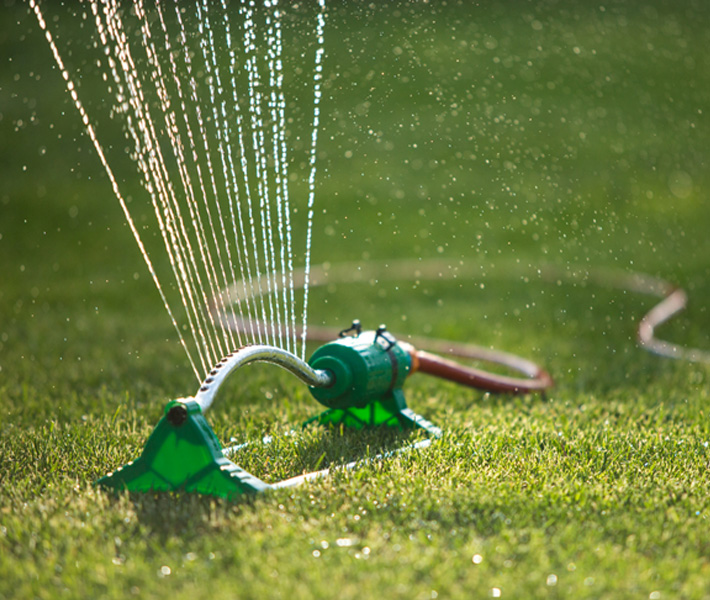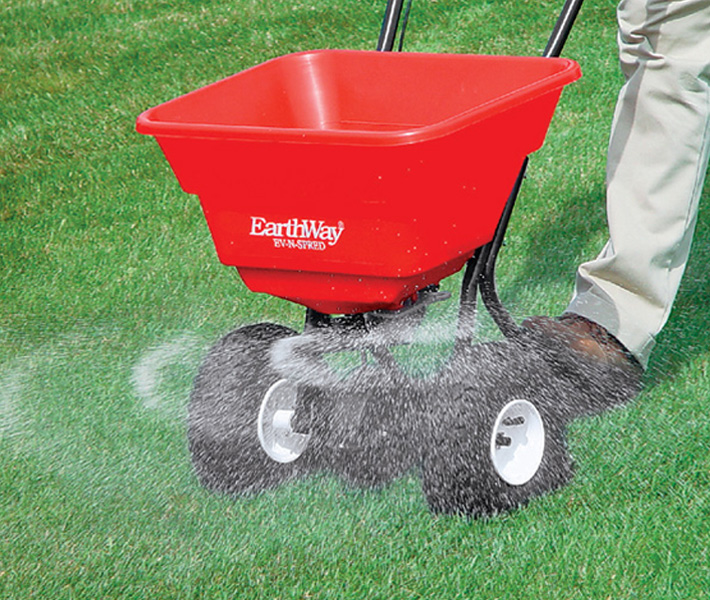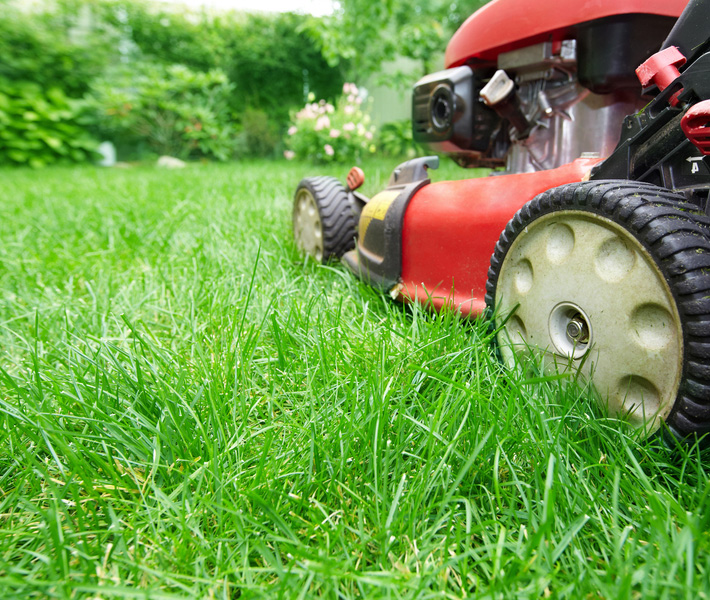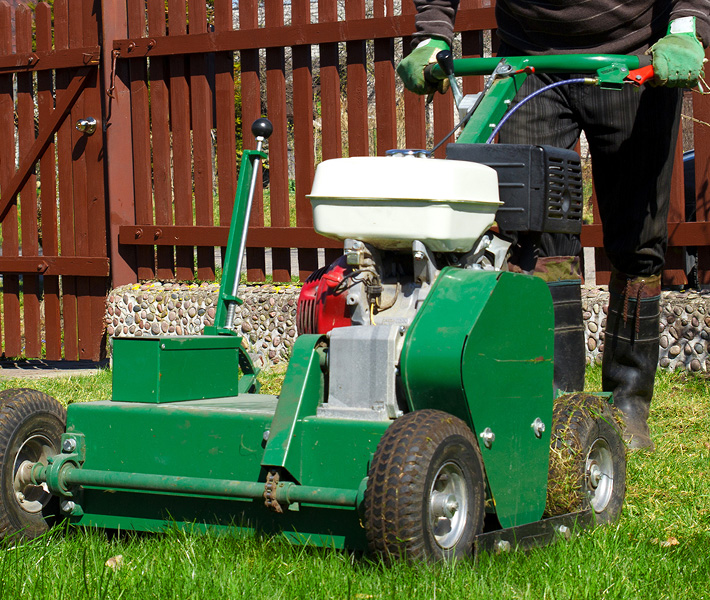Lawn Care

willWatering
Proper watering is the single most important step in the establishment of your sodded lawn. It is necessary to begin watering your new lawn immediately after installation. In extremely hot weather, it is helpful to work a section out, get the water on it, and then continue laying. The first week is critical in applying enough water to saturate the top 4 – 6 inches of soil. This requires approximately ½ inch of water per day.
This total amount should be applied over 2 – 3 watering periods each day. For the second week, begin watering ¼ inch per day. After those first 2 weeks, you may resume a normal watering schedule.
Edges, sod ends, and borders will be the first places to dry out and turn a gray color. Since the demand for water is greater in these spots, it may be helpful to apply water to them directly from a hose until established.
It is important to keep in mind that an efficient water program is the key to a beautiful, healthy lawn in Colorado’s dry climate.
Recommendation:
March/April through May: Water 3 times a week for 15-20 minutes.
Starting in June, you may need to increase to 4 times a week. Watering schedules are influenced by weather and you will have to adjust accordingly.
Fertilization
Our turf is grown and properly maintained before arriving to you. Fertilization has been an important part of this process. Grass is a living growing plant and needs to be fed. Once the sod has been established, we recommend fertilizing 3 times a year with a balanced fertilizer (24-6-12-6.5Fe).
Suggested dates for this are April 1st, June 15th, September 1st. If you choose to fertilize only once, feed in the fall; if twice, then in spring and fall. If you desire a green lawn from spring through the fall, then fertilize four times per year, early spring, late spring, late summer and mid-fall.


Mowing
You can begin mowing your lawn anywhere from two to three weeks after installation. Always make sure your mower blades are sharp. Your sod was trimmed prior to delivery so that by the time it needs to be mowed it should be safe to do so. Don’t remove more than a third of the height of the blades at one time. Removal of more may result in shock, unsightly appearance, or may make your lawn more susceptible to disease. Height maintenance should be 2 to 3 inches.
Aeration
In the Rocky Mountain region, most lawns are comprised of cool season grasses (Kentucky Bluegrasses and Fescues). It is best to aerate in the spring, and early September or both to help reduce thatch and soil compaction.

